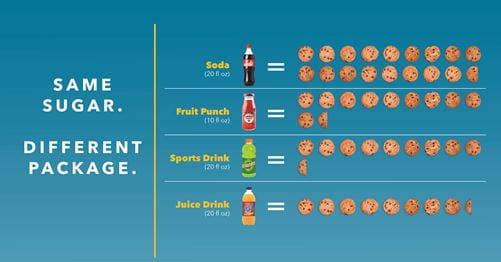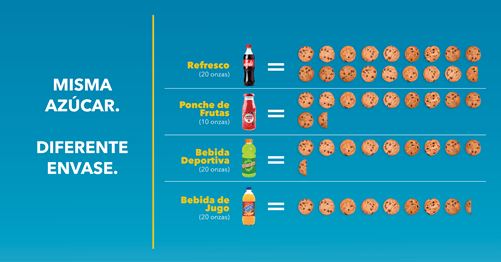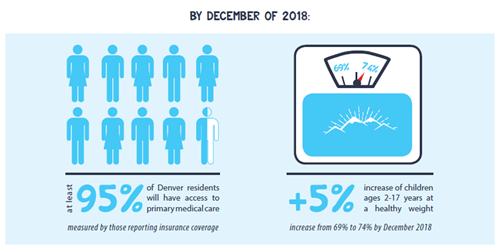Be Healthy Denver imagines a community where all residents are healthy, regardless of their race, ethnicity, income level, or neighborhood in which they live. The initiative is a joint effort between the Denver Department of Public Health and Environment, Denver Public Health, and several partner organizations and individuals throughout the city.
Be Healthy Denver collaborates on two major efforts to improve public health in Denver. Together, we:
- Conduct a Community Health Assessment (CHA) to assess the health of Denver residents and measure progress on public health improvement efforts.
- Develop and implement a Community Health Improvement Plan (CHIP) to focus and guide citywide public health improvement efforts.
Be Healthy Denver also participates in ongoing initiatives to improve the health of all Denver residents.





